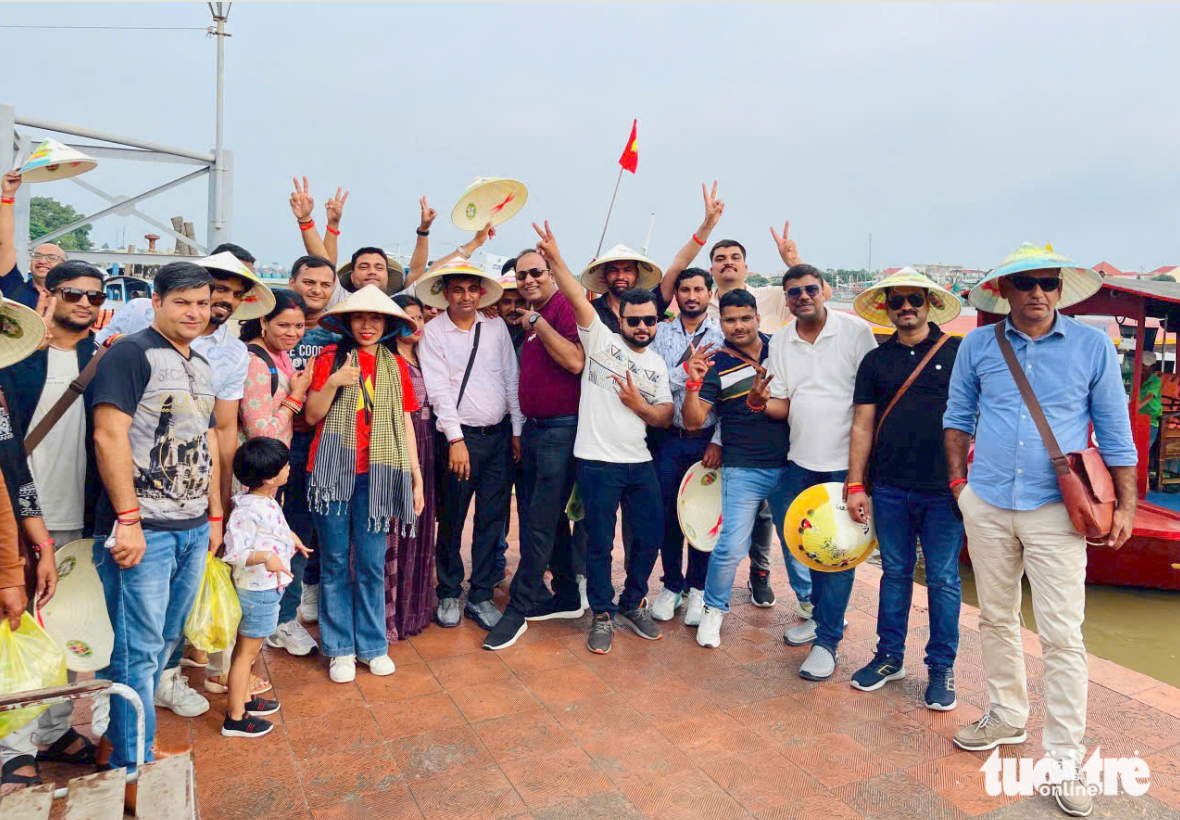Vu Dai village, also known as Dai Hoang village in the northern province of Ha Nam, some 50 kilometers away from Hanoi is famous for its braised fish in clay pots.
The fame of the simple delicacy
| Preparing a pot of braised fish requires a lot of effort from Vu Dai villagers. Photo: Duy Khanh |
The freshness of the fish, the aroma of the herbs and the fragrance of the smoke of the burned wooden make the Ca kho Vu Dai dish is distinctive that could not be found elsewhere on the earth.
This simple yet delicious food is a commercial product and was even exported to other countries before the Covid-19 pandemic. Vu Dai villagers say that they would consider it a sin not to have any Ca kho to offer to their ancestors at Tet.
There are many places in the country that have the Ca kho, but the braised fish from Vu Dai village is considered the best one. According to villagers experienced in the craft, the secrets of a great dish of Ca kho Vu Dai lay on the ingredients and the way that people prepare them.
The Vu Dai villagers have their own secret recipe to make the dish that the recipe has been passed down from generation to generation. The dish is prepared by Ca tram or black carp fish, galangal, ginger, pork belly, shallots, chili peppers, lime juice, fish sauce, pepper, and molasses.
| All the ingredients of the dish must be very fresh. Photo: Duy Khanh |
Tran Hong Hanh, whose family is the biggest Ca kho cook and trader in the village, said her business exported some 1,600 pots of braised fish during Tet holidays before Covid-19.
To prepare for Tet 2022 (the Lunar New Year which begins on February 1 this year), his family has prepared 500 kilograms of firewood, 300 pots, and about 200 kilograms of fish. Each day, his family produces a dozen kilos of fish.
Hanh told The Hanoi Times that the job was busiest for the last 10 days before Tet. Each such pot of fish costs from VND500,000 to VND700,000 ($27-$30). Vu Dai Village’s major local markets include big cities like Hanoi, Ho Chi Minh City and Nam Dinh. The foreign markets are mainly Germany, Russia, Italy and China, and most of his customers are Vietnamese.
A meticulous preparing dish
Experienced cooks said that the fish for Ca kho must be black carp and each fish must weigh 3.5kg or more. Live fish are gutted. The gall bladder has to remove without breaking it. Only the body is used, not the head or tail.
It requires a lot of additives for a delicious dish of Ca kho. To make the dish, ginger, shallots, and chili peppers are finely chopped and mixed together with fish; while the galangal is cut into thin slices and placed into the bottom of a clay cooking pot. Later, the fish pot is topped with galangal slices.
| The dish is best when eaten accompanied with steamed white rice. Photo: Duy Khanh |
Each pot of the ca kho contains one fish. About 0.6 liter of fish sauce and some lemon juice is also needed for such a pot.
According to Hanh, some thick slices of pork are added into the pot some hours after the braising process is started to keep them not to be overcooked. The fat of the pork will help to enhance the flavor of the dish.
“Preparing Ca kho is time-consuming work,” Hanh said. “The braised fish is made in very low heat that cooks need to take turn for keeping the fire in a proper heat,” he stated.
Constant sufficient heat must be provided from red-hot wood coals for 10 to 14 consecutive hours. The firewood must be hard and dry. The best firewood is from the longan tree in Vu Dai Village that can ensure sufficient heat for a long time without flame.
When the water in the pot becomes slightly thick, the pot is taken off the heat and the fish is ready to be served and enjoyed.
The finished Ca kho must be bright brown. The cooked fish must be firm and has fragrant galangal, ginger and pepper. The dish is best when eating accompanied with steamed white rice. It is said that the delicious hot dish can dispel the chilly cold of the weather. Then, buying a pot of Ca kho Vu Dai for Tet meals has now become a “tradition” of people who live in the northern part of Vietnam.






